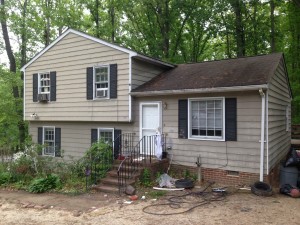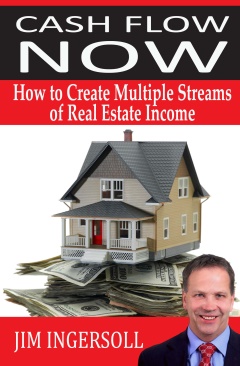Easy Money Loans
Most investors fixing and flipping houses are relying heavily on hard money lenders. They are certainly a viable option for the short-term financing needed to fix and flip, but other options are available?
1. Hard Money Loans:
Hard money loans are available in most areas of the United States and they allow the Borrower to use the equity in the asset as collateral for the loan. The main advantage of using hard money is that it is easy for a borrower to qualify since the equity in the property is the most important element of the loan. Therefore if you can find a great deal, using hard money will get you into the game.
Hard money is considered to be “hard” because the points and interest are typically high and it can be painful to absorb the high cost of this type of financing. Some hard money lenders will provide 100% financing, but more are trending toward requiring the borrower to put skin into the game in the form of a down-payment or by not funding all of the repairs for the property.
Typically hard money lenders will charge 3 – 8 points. A point is equivalent to one percent of the mortgage amount. The total mortgage amount usually includes the price being paid, closing costs and the renovation fix-up expenses.
For example if you were buying the following property:
|
Purchase price |
$50,000
|
|
Closing Costs |
$5,000
|
|
Renovation Budget |
$45,000
|
|
Total Mortgage Amount
|
$100,000 |
If the hard money lender charges 5 points, that would equate to $5,000 in this example. The other loan term to be aware of with hard money is the high interest rate. Many hard money lenders charge between 12 – 18% interest only. In this example, if the hard money loan requires 15% interest, the monthly payment will be $1,250 per month. If the borrower pays 5 points and keeps the property for five months, the total interest will be $11,250 on this $100,000 investment. The total interest is a lot to absorb which is why it is described as “hard money.”
2. Easy Money Loans
I prefer to use easy money loans on short-term real estate ventures. They still get the investor into the game, will provide 100% financing, provide a great return for the lender but provide a lot more profit for the real estate investor.
As a savvy real estate investor you have access to great deals and you can offer great returns for your private lender.
Instead of paying 15% interest and 5 points, I like to structure my short-term ventures on terms such as 8 – 10% interest and no points. That turns the overall profit margin upside down when compared to using hard money. If you use the same example as the hard money so the total loan amount is $100,000 and borrow at 10% interest the monthly payment will be $833.33 per month. For the same five month period, the total interest paid will be $4,166.65.
Which loan would you rather use?
Hard money loan interest: $11,250.00
Easy money loan interest: $4,166.65
Hard money loans can get investors into the market and provide nearly 100% funding on houses you want to flip, but borrower beware and fully understand all the terms and associated risks of the loan you are taking to avoid surprises in the future. Also be aware that most hard money lenders also have numerous fee’s added into the closing costs.
If you can use OPM in the form of a private lender, you can pay a rate of return that is roughly 3-4 times the earnings of a CD and leave a lot more profit on the table for yourself.
What is holding you back from fixing and flipping?
For many, it is financing.
Learn to rehab your financing before you rehab a house and you will be on your road to success!








I want to get started.
Hello. Please send me details.